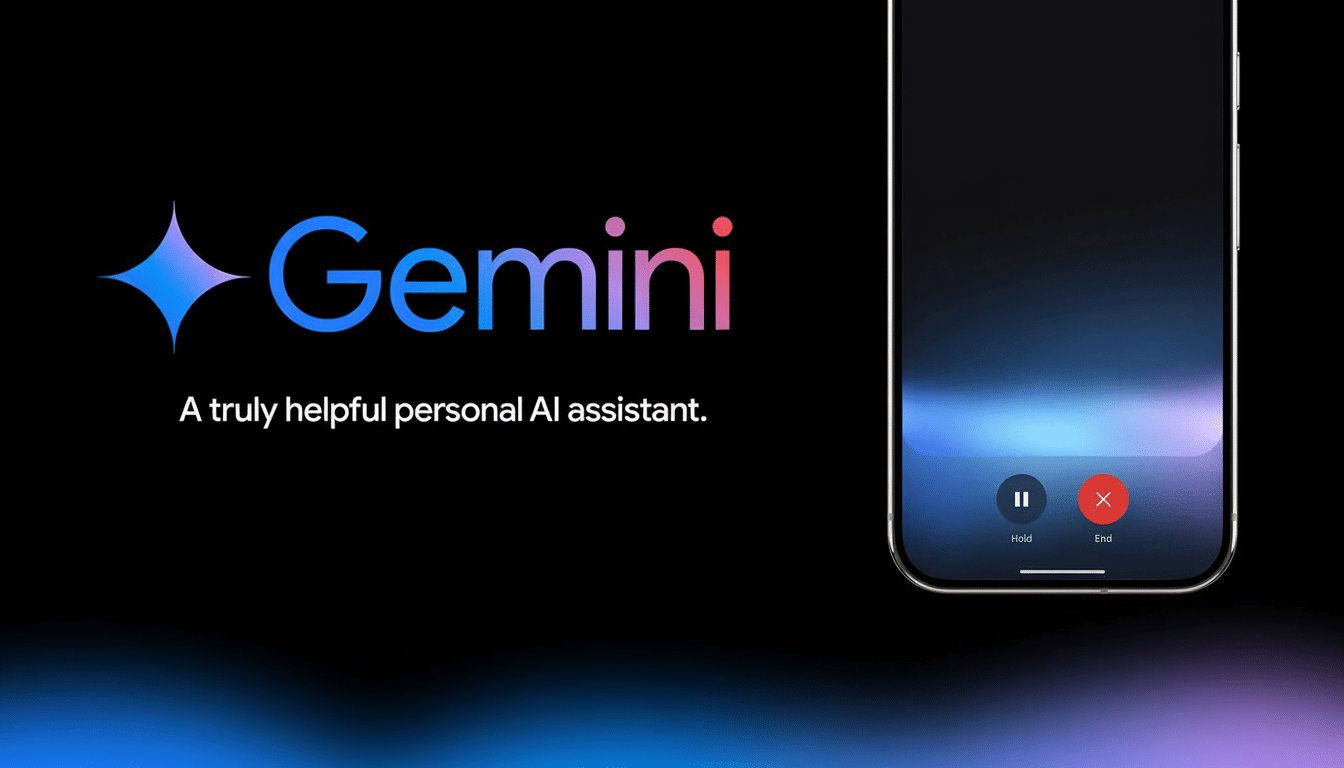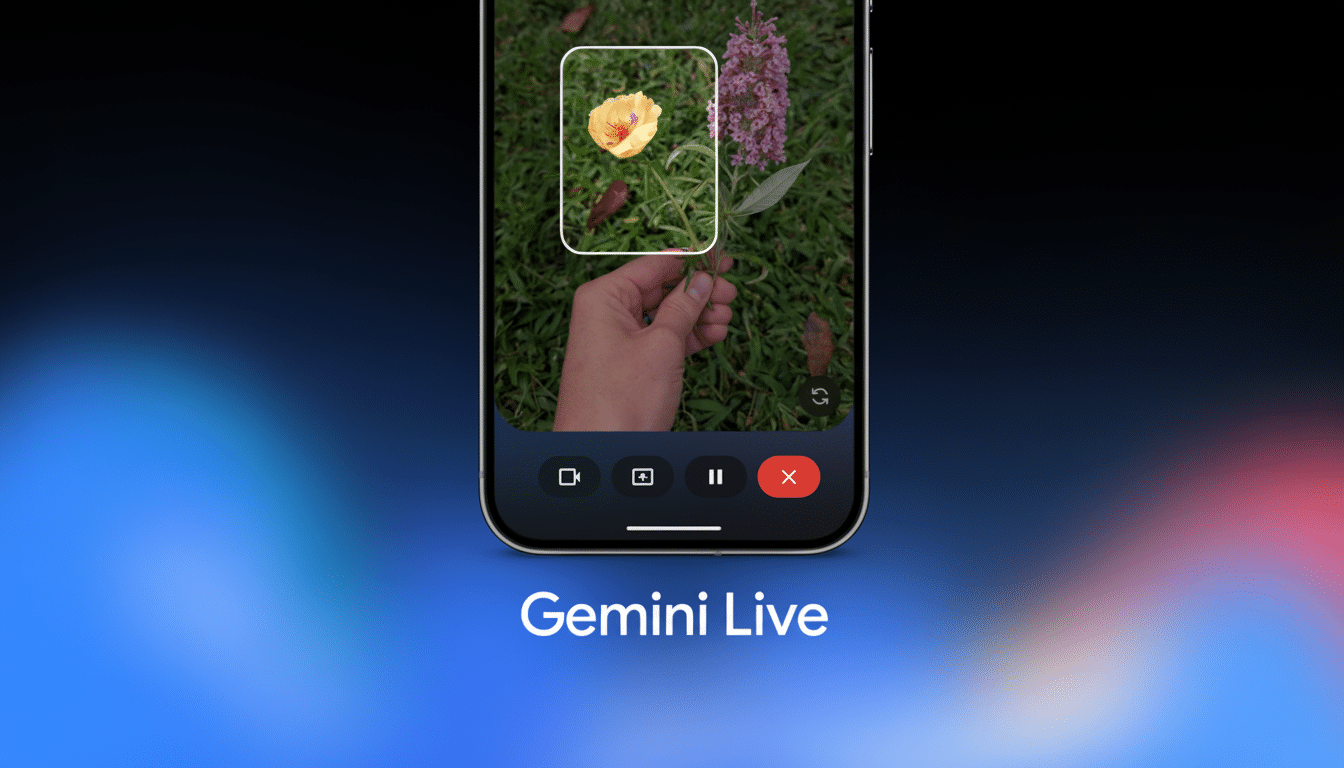In a test that should please anyone who’s ever struggled with flat-pack furniture assembly, Google’s Gemini Live took the honors over an IKEA manual. Watching the job through a phone camera and responding in real time, the multimodal assistant behaved very much like an on-call expert, cutting all guesswork and saving participants from backtracking that often derailed weekend builds.
A camera-first copilot for flat-pack reality
IKEA’s illustrated guides are intentionally text-free, in order to serve across languages and markets, but that universality has a trade-off: They can’t see the way your specific setup looks, or your lighting that day, or precisely how you’ve positioned a rail or cam lock. Gemini Live fills that gap. Point the camera at the pile of parts, and it quickly analyzes the scene — identifying panels and fasteners and subtle asymmetries that manuals assume you’re going to notice.

That in practice meant starting with triage. Gemini Live offered tips such as:
- Sorting hardware into piles
- Labeling left-right mirror parts on painter’s tape
- Staging panels in build order
It then referred to the manual, but remained focused on the actual workspace, looking over with us at the direction of drawer slides, noting pre-drilled hole patterns, and flagging when a piece appeared to be rotated 180 degrees.
This continuous visual feedback was perhaps the single most effective response to the reason flat-pack assembly is so challenging: It’s a mistake in step 1 that you can’t see until step 21. With a real-time view, the assistant intercepted those errors before they had the opportunity to nest into bigger problems.
A hands-on look from drawers to suction cups
On a multi-drawer chest, the task seemed insurmountable at first. Gemini Live’s first victory was intellectual: it divided the mental load by making clear why a piece belonged where it did, as opposed to just that it did, which kept focus tight and the floor itself less chaotic. The build completed cleanly and faster than usual, without the late-stage chaos.
And it was also useful for much more than flat-pack. A wall basket that clung with suction cups refused to stick to the textured bathroom tile. Gemini Live detected the cup type using the camera and then walked through solutions, including fixes, from preparing the surface to repositioning on smoother portions. Though some were basic, try-and-show-and-adjust iteration in real time converted a likely return into a usable install.
For more hard-to-solve edge cases, cross-referencing tips from veteran DIYers on community forums helped surface extra hacks that Gemini could use with precise execution to pull off. The flow was basically a run-of-the-mill support scaffold: public idea incubator plus on-device expert who can see what you’re doing.

How it stacks up to other AI helpers in practice
The advantage of Gemini Live is situational awareness. While other chatbots do a great job of working through questions by reasoning step by step, they miss the live view of the space, which can lead users to over-explain. One look will often substitute for a paragraph of description in assembly work, a valuable edge in efficiency when you are on your knees surrounded by fasteners.
With that said, conversational rivals tend to be stronger when it comes to nuanced troubleshooting and the exchange of creative workaround ideas. Here, looser instructions from a competing assistant proposed using narrow adhesive pads to establish a flatter suction-cup contact surface on textured walls — a nifty bit of advice that easily trumped trial and error. The perfect result was pairing that advice with Gemini Live’s feature to verify placement visually in the room.
Why it works: the human factors that lifted the winner
Errors in assembly mainly come from mental rotation, pictogram ambiguity, and/or split attention among the parts, tools, and instructions. Studies in human factors have also demonstrated that by providing multimodal guidance, with visual and aural instructions related to the physical task, cognitive load can be decreased and procedural steps adhered to more consistently. Camera- and AR-based work instructions have achieved double-digit reductions in error rates and rework on industrial shop floors, according to research shared at conferences like the Human Factors and Ergonomics Society and IEEE augmented work events.
Gemini Live does these things at home. Rather than requiring that you translate a diagram of advice into your custom layout, it takes in the layout and molds its advice around it. It’s that transition from static to contextual guidance that is at the heart of why it can outperform even well-designed manuals.
What this means for DIY and customer support
“The language-free quality of IKEA is just fantastic for international scale, but bringing an intelligent assistant who’s aware of the camera to deliver personalized moderation, being very specific about steps… The paper guide can’t do that,” Scannell said. For manufacturers, that means a time when packaging includes a QR code to a live assistant session, perhaps eliminating returns and support calls. For consumers, it is a whisper promise of smarter weekends: less second-guessing, more building.
The lesson of this home test is straightforward. And manuals won’t disappear — they are the official blueprint. But with the screws falling on the floor, Gemini Live’s see-what-I-see assistance was quicker and friendlier than flipping pages. And as vision-enabled AI continues to mature, that powerhouse might only get stronger.

